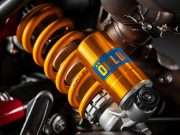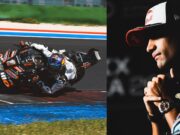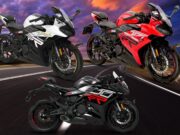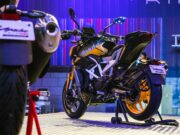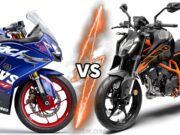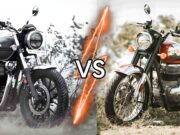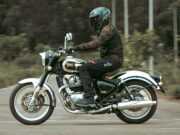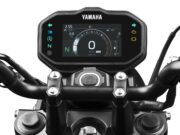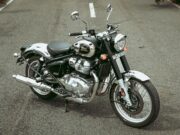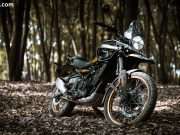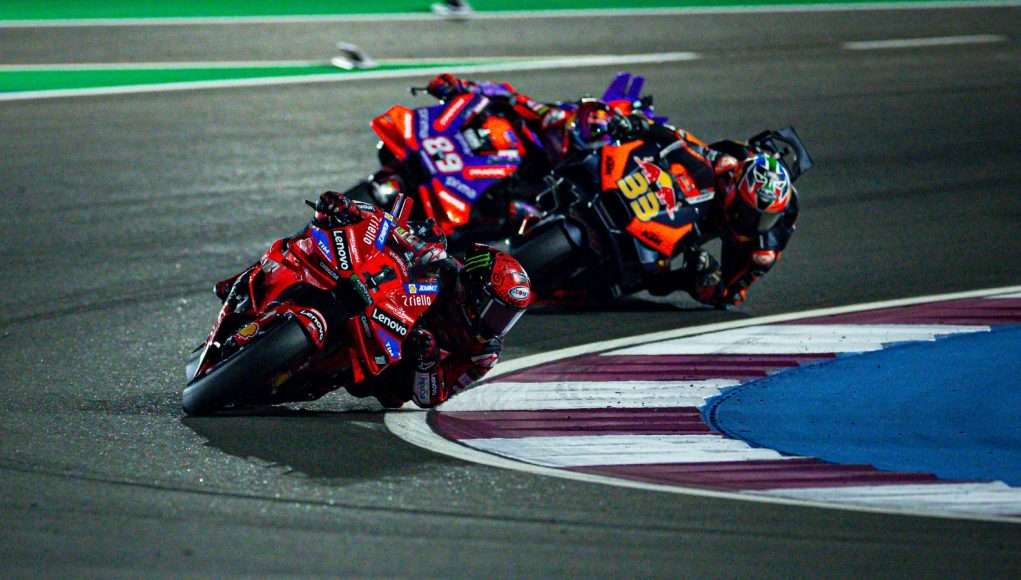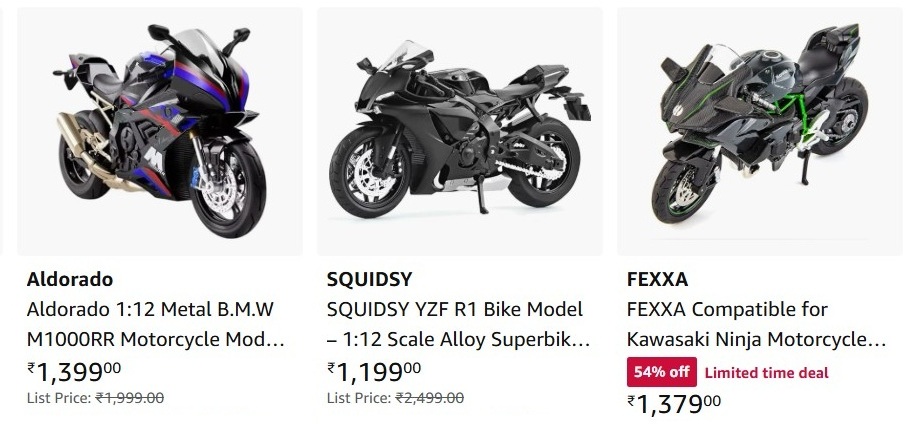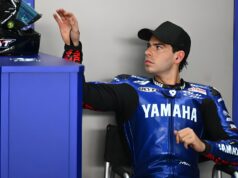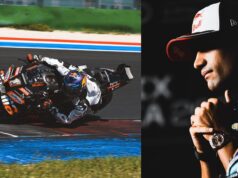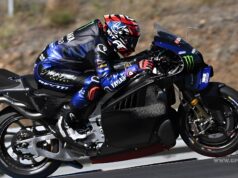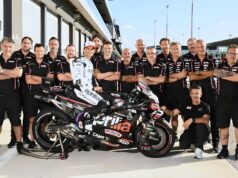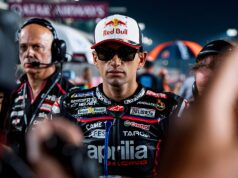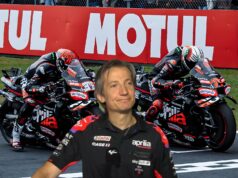MotoGP, short for “Grand Prix Motorcycle Racing,” is the pinnacle of motorcycle road racing, governed by the Fédération Internationale de Motocyclisme (FIM). It is the oldest motorsport world championship, with its origins dating back to 1949. MotoGP has evolved over the decades from basic racing machines to the highly advanced, technology-driven motorcycles seen on the track today. The art and thrill of racing is much like what you can experience at https://moreeeglory.com. This article explores the history, types of bikes used, and the current state of MotoGP racing, where technology, speed, and rider skill push the limits of what is possible on two wheels.
The History of MotoGP
MotoGP traces its roots back to post-World War II Europe, where motorcycle racing began to grow in popularity. In 1949, the FIM established the Motorcycle World Championships, which included several classes of racing based on engine size: 125cc, 250cc, 350cc, and 500cc. The 500cc class, the predecessor to modern MotoGP, was the premier category, showcasing the fastest and most powerful bikes of the time.
For several decades, manufacturers like MV Agusta, Norton, and Gilera dominated the sport, with iconic riders such as Giacomo Agostini achieving legendary status. Agostini, in particular, remains the most successful rider in MotoGP history, having won 15 world championships across different categories, including the 500cc class.
In the 1970s and 1980s, Japanese manufacturers such as Honda, Yamaha, Suzuki, and Kawasaki began to take over the sport, introducing advanced two-stroke engines. These lightweight yet powerful machines changed the face of motorcycle racing. By the early 2000s, MotoGP underwent another significant transformation when the 500cc class was replaced with the modern-day MotoGP class, allowing four-stroke engines with a maximum capacity of 990cc. This shift was a response to the growing interest in more environmentally friendly and technologically advanced engines.

Types of MotoGP Bikes
MotoGP machines are purpose-built, high-performance motorcycles designed specifically for racing. Unlike production bikes, they are not available to the general public and are developed with cutting-edge technology, focusing on speed, handling, and aerodynamics.
There are three main classes in modern MotoGP racing:
- MotoGP Class: The premier class where the most powerful and technologically advanced bikes race. These bikes currently use 1,000cc four-stroke engines and produce over 240 horsepower, reaching top speeds of over 350 km/h (217 mph). The motorcycles in this class are incredibly lightweight, with a minimum weight requirement of 157 kg (346 pounds). Manufacturers like Honda, Yamaha, Ducati, Suzuki, Aprilia, and KTM compete at the highest level of engineering, continually pushing the boundaries of performance.
- Moto2 Class: Introduced in 2010, this intermediate class now uses 765cc four-stroke engines provided by Triumph, with all teams using a standardized engine to ensure closer competition. This class focuses more on rider skill than mechanical superiority. Moto2 bikes still reach impressive speeds, though they are a step down from the power of the MotoGP class.
- Moto3 Class: The entry-level category, where riders race on 250cc four-stroke machines. This class is often seen as the proving ground for young, up-and-coming riders. With close racing and lightweight bikes, Moto3 races are known for their unpredictability and tight finishes.
Modern-Day MotoGP
Today’s MotoGP is a far cry from its humble beginnings. The sport has become a global spectacle, with millions of fans tuning in to watch races held across four continents. Riders like Valentino Rossi, Marc Márquez, and Jorge Lorenzo have become international superstars, dominating the sport in recent decades.
In the current MotoGP era, technology plays a critical role in the performance of the bikes. The introduction of electronic systems, such as traction control, anti-wheelie control, and launch control, allows riders to harness the immense power of their machines while maintaining control. Aerodynamics has also become a crucial aspect of bike design, with manufacturers introducing winglets and other innovations to reduce drag and increase downforce.
Ducati, for instance, has been at the forefront of aerodynamics, with their bikes often featuring distinctive winglets and spoilers that help keep the front wheel down during high-speed acceleration. Honda and Yamaha, on the other hand, have traditionally focused on engine performance and chassis design to achieve better handling.
The championship itself is as competitive as ever, with a mix of experienced veterans and young talents fighting for the title. Riders like Marc Márquez, Fabio Quartararo, and Francesco Bagnaia have been battling for dominance in recent seasons, while manufacturers continually refine their bikes to gain a competitive edge. Ducati is currently the best with other manufacturers playing catch up.
Current MotoGP bikes represent the pinnacle of two-wheeled racing technology, combining cutting-edge engineering, electronics, and materials to produce machines that are faster, more agile, and more advanced than any other motorcycles in existence. These bikes are built specifically for racing, and their design and development are driven by a relentless pursuit of performance, aerodynamics, and rider control.
Here’s an in-depth look at what makes modern MotoGP bikes stand out:
Engine Specifications
Modern MotoGP bikes use 1,000cc four-stroke engines. These engines are typically V4 or inline-4 configurations, depending on the manufacturer’s design philosophy. Current engine power outputs exceed 240 horsepower, propelling the bikes to speeds over 350 km/h (217 mph). Despite the immense power, these engines are highly efficient and feature advanced fuel injection systems designed to balance performance with fuel economy, as MotoGP bikes are restricted to a fuel allowance of 22 liters for each race.
Each team is limited to a specific number of engines for the entire season, with penalties incurred for exceeding the limit. This ensures that manufacturers build engines that are both powerful and durable, requiring them to last multiple race weekends.
Chassis and Frame
The chassis of a MotoGP bike is constructed using materials like aluminum, carbon fiber, and titanium to ensure maximum strength while keeping the weight to a minimum. The bikes must adhere to a minimum weight limit of 157 kg (346 pounds), but teams typically aim to build them as close to this limit as possible.
The frame design is critical for managing the power output of the engine and for handling the extreme stresses encountered during cornering, braking, and acceleration. Manufacturers fine-tune the rigidity and flexibility of the frame to ensure optimal performance on different tracks and conditions.
Aerodynamics
Aerodynamics play an increasingly significant role in MotoGP bike design. To maintain stability at high speeds and improve cornering performance, modern MotoGP machines often feature aerodynamic elements like winglets and fairings.
Ducati has been particularly innovative in this area, leading the charge with the introduction of winglets that generate downforce to keep the front wheel stable during acceleration and cornering. Over time, other manufacturers like Yamaha, Honda, and Aprilia have also developed their own aerodynamic solutions, contributing to the current generation of bikes that maximize both speed and handling.
Suspension Systems
MotoGP bikes use highly advanced suspension systems to manage the stresses of racing at high speeds on unpredictable surfaces. WP, Öhlins, and Showa are some of the top manufacturers providing suspension systems for MotoGP teams.
The front suspension consists of inverted telescopic forks, which allow for precise adjustment of damping and rebound to ensure maximum traction. Rear suspension systems are typically single-shock designs, also highly adjustable, allowing teams to fine-tune the setup for different tracks and rider preferences.
Brakes
Braking systems on MotoGP bikes are highly sophisticated. The most common setup involves carbon brake discs and pads, which provide exceptional stopping power and heat dissipation. These brakes are crucial in MotoGP, where riders must rapidly decelerate from speeds exceeding 300 km/h to as low as 60 km/h within a few seconds while maintaining control.
In wet conditions, teams switch to steel brake discs, as carbon fiber brakes are less effective when wet. The braking system also includes Brembo calipers and advanced electronic controls that help manage brake pressure, particularly under hard braking into corners.
Electronics and Rider Aids
Modern MotoGP bikes are equipped with sophisticated electronic systems that provide riders with a variety of aids and adjustments. The Magneti Marelli electronic control unit (ECU) is used universally across the grid, ensuring that all teams have access to the same base system. However, the level of customization each team can apply to their software varies, allowing them to adjust how power is delivered.
Key electronic rider aids include:
- Traction Control: This system helps manage the amount of power delivered to the rear wheel, preventing it from spinning excessively when exiting corners.
- Anti-Wheelie Control: This system prevents the front wheel from lifting off the ground under hard acceleration, keeping the bike stable and allowing the rider to maintain better control.
- Launch Control: Used at the start of races, this system helps riders get the best possible launch off the grid by managing throttle and power delivery.
- Engine Braking Control: This system allows the rider to adjust the amount of engine braking when they close the throttle, providing better control during deceleration and corner entry.
Tires
MotoGP bikes use specially developed slick tires from Michelin, the sole tire supplier for the championship. Tires play a crucial role in performance, with different compounds available to suit varying track conditions, temperatures, and riding styles. Riders can choose between soft, medium, and hard compounds, depending on the demands of the race.
In wet conditions, Michelin provides rain tires, which feature deeper grooves to channel water and maintain grip on slippery surfaces.
Fuel and Environmental Considerations
As MotoGP moves toward a more sustainable future, the championship has implemented several fuel regulations to reduce its environmental impact. Teams are limited to 22 liters of fuel per race, which encourages more efficient engine design. Additionally, there is a growing focus on biofuels, with the goal of having all bikes run on at least 40% biofuel by 2024 and 100% by 2027.
Manufacturers and Teams
The MotoGP grid is currently dominated by major manufacturers, each bringing its unique engineering expertise and design philosophies:
Aprilia: After years of development, Aprilia’s RS-GP has become a competitive machine, challenging the traditional powerhouses of the sport.
Ducati: Known for their innovative aerodynamics and powerful V4 engines, Ducati has emerged as one of the top competitors in recent years.
Yamaha: Traditionally known for their smooth-handling inline-4 engines, Yamaha bikes are renowned for their balance and rider-friendly characteristics.
Honda: With their RC213V machine, Honda combines raw power with excellent handling, though recent years have seen challenges in refining the bike for consistent performance.
KTM: A relatively new contender, KTM has made significant strides with their RC16 bike, which uses steel trellis frames and WP suspension systems.
Conclusion
MotoGP has come a long way since its inception, growing from a European championship into a global phenomenon. The evolution of the motorcycles, from basic 500cc machines to the 1,000cc technological marvels of today, reflects the sport’s commitment to innovation and speed. As MotoGP continues to push the boundaries of engineering and rider ability, it remains one of the most thrilling and technologically advanced motorsports in the world, captivating fans with every race.

